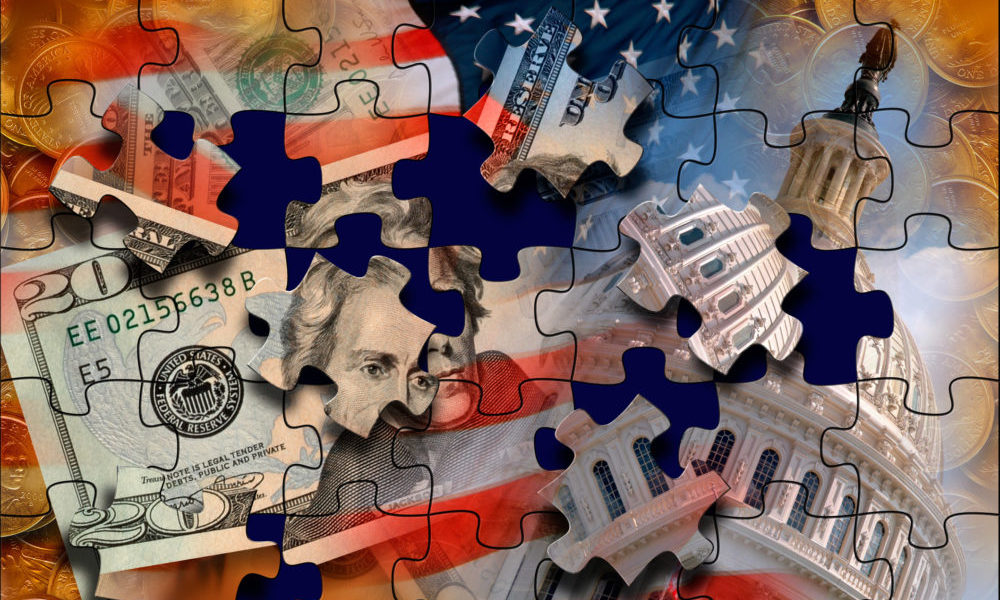
Report: Since Citizens United, Associations Staying on Campaign Spending Sidelines
An analysis of campaign spending after the 2010 Citizens United Supreme Court decision confirmed that Super PACs are becoming a major force in federal electoral politics. Advocacy spending by trade associations was modest in comparison, it found.
The full impact of the Citizens United Supreme Court ruling, which permanently altered the campaign spending landscape, is still being studied. But one recent analysis has concluded that, in some ways, the landmark decision didn’t change much.
According to The Landscape of Campaign Contributions, a new analysis of federal election financing from the nonpartisan Committee for Economic Development (CED), the 2010 ruling in Citizens United v. Federal Election Commission allowing trade groups and businesses to make unlimited independent expenditures in support of political candidates had little effect on such spending in the 2014 and 2016 campaigns.
“Our analysis indicates that business corporations and trade associations have not responded to the Citizens United ruling by substantially devoting significant resources to the new opportunities for political spending created by the decision,” the report states.
On the other hand, spending by Super PACs—a variant of the traditional political action committee that may raise unlimited amounts of money from donors as long as they don’t coordinate with or contribute directly to candidates—has grown significantly in the past two elections. During the 2014 election cycle, Super PACs spent $666.1 million, or 14.6 percent of all federal election financing. In the 2016 campaign, that number jumped to $1.6 billion, representing 21 percent of all campaign financing.
During that same period, trade associations, which can spend money in support of candidates without disclosing their donors, decreased their election spending from $41.3 million to $33.9 million. In the 2016 campaign, association expenditures represented just 0.4 percent of total spending.
And while trade associations gave money to Super PACs, their total contributions—$11 million in 2014 and $12 million in 2016 —were a small percentage of all donations to Super PACs (about 1 to 2 percent).
Businesses in general were not major contributors, either. The analysis found that individual businesses rarely donated to candidates (although donations from the Chamber of Commerce accounted for more than 85 percent of all association contributions to candidates). And individuals largely drove Super PAC spending: Individuals and were responsible for 60 percent of receipts overall.
The report highlights opportunities for businesses and associations to thoughtfully get involved with the political process, noted Nathan Rosenberg, cochair of CED’s Money in Politics Subcommittee.
“When you look at total spending in the 2016 election cycle, it is clear that businesses largely sat on the sidelines,” Rosenberg said in a press release. “Still, business leaders must use their voice and clout to advocate for needed reforms, in particular encouraging citizen participation in the process, along with transparency and disclosure in reporting.”
(Ingram Publishing/Thinstock)






Comments